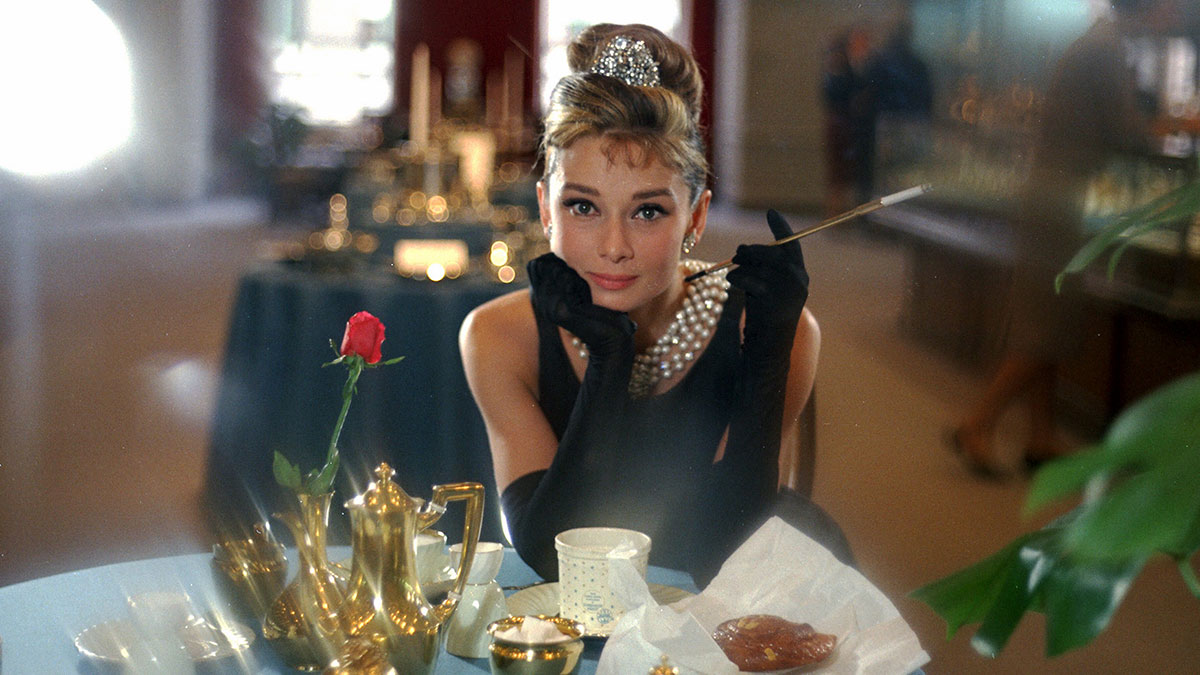Throughout the history of movies, directors have long focused their attention on the impact of fashion within their big-screen developments.
While, of course, cinematography, plot, sound, and writing are vital to the global success of a movie, it’s hard to dispute that outfit selection adds much-needed depth to highly-anticipated releases.
So, let’s take a look at the importance of fashion in relation to the film industry from both a costume and genre standpoint.
Pivotal to Story-Telling Narratives
Upon putting together a film’s cast, aiding their respective transitions in becoming their characters is somewhat dependent on costume design. Costume departments first came to fruition in the 1920s and provided the catalyst behind progressions to on-screen aesthetics. Although there are many factors behind the use of costumes, directors will often turn to them as a means of portraying characters in a specific way. For example, the manner in which cast members dress within a movie impacts audience perceptions on both an emotional and intellectual level.
For example, Audrey Hepburn’s use of sunglasses in the award-winning film Breakfast at Tiffany’s. Within the film, her wearing of tortoise-coloured, oversized, square frames reinforced her character’s status as an eccentric socialite. Interestingly, the style that’s become symbolic of the title has continued to be a must-have look, along with also being a popular concept among well-known designers, such as Versace. At GlassesUSA, prospective consumers can shop Versace sunglasses here. At the platform, users will come across an array of frames that are similar to Hepburns’ in Breakfast at Tiffany’s, including the Versace VE4388 spectacles. Much like those in the film, the glasses are square in shape and tortoise in colour, which shows how the style has endured.
The Rise of Fashion Films
Over the past decade, increasing numbers of fashions films have come to the forefront of the industry. As per a report by LA Fashion Festival, by definition, the concept represents a hybrid lifestyle that intertwines various film categories. In such titles, fashion often portrays a movie’s lead or supporting role. In many ways, this revolutionizes pre-existing perceptions around the use of outfit selections in films. As such, they are no longer merely functioning intermediaries between character and narrative.
As expected, the purpose of the genre is to showcase the latest fashion releases. Of those, many have been created by a partnering designer. Furthermore, some titles revolve around the intent to showcase the rise of globally-renowned fashion designers. A prime example of this is the 2009 release, Coco Before Chanel. Audrey Tautou plays the role of an up-and-coming Coco Chanel. Impressively, the fashion-oriented movie won the Best Costumes accolade at the Cesar Awards in 2010.
Branching Out in an Ever-Competitive Sector
Fashion, as a concept, is undoubtedly becoming increasingly integral to the film industry. While few can doubt the narrative-related impact of costume selection, it’s a testament to the relationship between cinema and style that both continue to work in harmony. As such, it’s likely that fashion film, as a genre, will grow more prominent over the coming decade.


